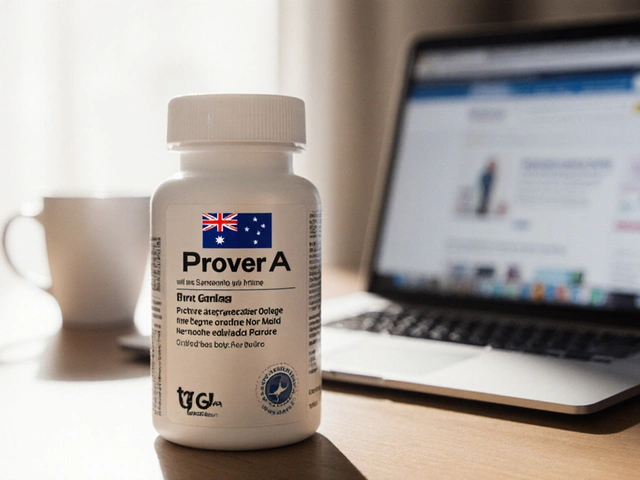Spastic Muscle States: Simple Guide to Causes and Treatment
If you’ve ever felt a muscle tighten up on its own or noticed jerky movements that don’t seem to belong, you might be dealing with a spastic muscle state. In everyday talk we call this "spasticity" – a condition where muscles stay too tight or contract involuntarily. It can make simple tasks feel hard and can be frustrating if you don’t know why it’s happening.
Spasticity isn’t a disease by itself; it’s usually a sign that something else in the nervous system is off‑balance. The brain or spinal cord sends wrong signals, so muscles stay stiff instead of relaxing normally. You’ll hear about spastic muscle states most often in people who have had a stroke, multiple sclerosis, cerebral palsy, or even a serious head injury.
What Causes Spastic Muscle States?
The main trigger is damage to the pathways that control movement. When those nerves are injured, they can’t tell the muscles when to let go. That’s why spasticity shows up after a stroke – the brain area that tells your arm to relax gets hurt.
Other common culprits include:
- Cerebral palsy: Kids born with brain development issues often have chronic muscle tightness.
- Multiple sclerosis (MS): The immune system attacks the protective coating of nerves, leading to random spastic bouts.
- Spinal cord injury: Cutting off signals from the brain can leave muscles in a permanent “on” mode.
- Traumatic brain injury (TBI): A hard blow can disrupt the same pathways as a stroke does.
Even something like severe muscle strain or prolonged immobilization can spark temporary spasticity, because the nerves get confused when you start moving again.
How to Manage Spasticity Effectively
The good news is there are many ways to calm tight muscles and improve daily function. The first step is usually a thorough assessment by a physio or neurologist – they’ll figure out which muscles are involved and how severe the spasm is.
Here are practical tools you can start using:
- Stretching routine: Gentle, regular stretching helps reset the muscle length. Aim for a few minutes each day, holding each stretch for 20‑30 seconds without bouncing.
- Strength training: Building strength in opposing muscles (the ones that pull opposite) can balance out tone and give you more control.
- Heat therapy: Warm packs or a hot shower relaxes tight fibers before stretching or exercises.
- Medication: Doctors often prescribe oral baclofen, tizanidine, or diazepam to reduce nerve over‑activity. Injections of botulinum toxin (Botox) are useful for stubborn spots.
- Physical modalities: Electrical stimulation, ultrasound, and massage can break up the muscle knotting that fuels spasticity.
For many people, a combo of these approaches works best. For example, a physio might guide you through daily stretches, while your doctor adds low‑dose baclofen to keep the nerves calm. If a certain muscle group stays tight despite these steps, a Botox shot can give quick relief and let you stretch more effectively.
Don’t forget lifestyle tweaks: stay hydrated, get enough sleep, and avoid stress – all of which can worsen spasticity. Small changes add up, and over time you’ll notice smoother movement and less pain.
If you’re unsure where to start, reach out to a local clinic that specializes in neuro‑rehab. They can set up an individualized plan, track progress, and adjust treatments as needed. Remember, spastic muscle states are manageable – with the right mix of therapy, meds, and daily habits you can keep tight muscles from holding you back.
-
5 May






